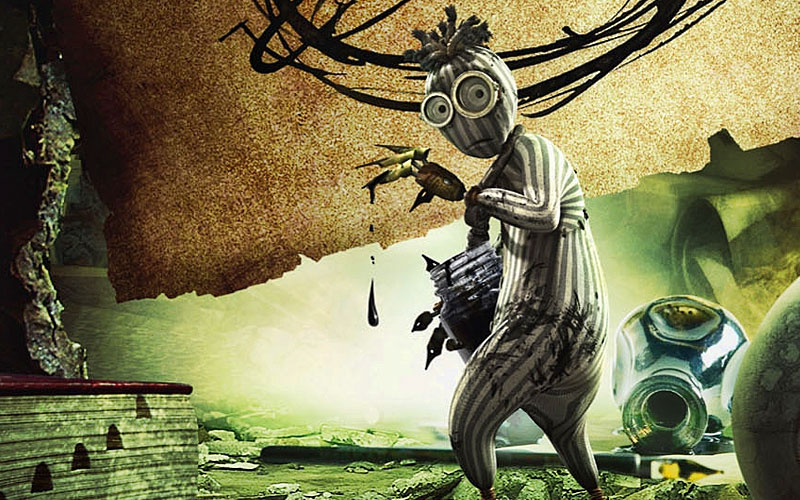Let’s explore some of those ubiquitous rejection letters that even internationally published novelists see frequently.
A senior editor from a prestigious publishing house in London said this about an early draft of my manuscript, THE SABBATH EXPERIMENT.
“This has a terrific pace, and it reminds me of a cross between Dean Koontz and Robin Cook. All in all, it was a very enjoyable read and I certainly felt myself compelled to turn the page. Alas, it’s not something I see on our list. And this has nothing to do with the quality of the writing or the strength of the plot….”
I pitched the same draft to a Simon and Shuster (Pocket Books) editor at a writers’ conference in Maui. He described me as a “clever writer with good plot devices.” Still, he passed on the project, calling it a “tweener” – “not the type of thriller that Pocket does, or does well.” So, Pocket Books doesn’t do clever page-turning thrillers, and when they do, they don’t do them well?
Another pitch to a senior vice president and publisher of Warner Books netted this response: ”I enjoyed the complexity of the characters – especially Dr. Sabbath, a devious villain with a somewhat likable humanity. While there is certainly a lot of talent represented here, I’m afraid that it’s not quite right for my list.”
An editor at Putnam offered me this: “I love the futuristic setting and found the novel’s premise fascinating.” But, alas, not right for her list.
The manuscript is now with my agent, who loves the novel (bless her heart!). She just sent along another rejection note: “I can see why you’re so enthusiastic about his book, but I don’t think it’s right for our list…”
SO WHAT ARE THESE PUBLISHING “LISTS” and how do you get your novel on one? Apparently, it’s not enough to be a writer with “lots of talent” with a novel that’s “a very enjoyable read” and ”a page-turner” with “a fascinating premise,” ”a terrific pace,” “clever plot devices,” “complex characters” and “a devious villain with a somewhat likable humanity” … in the words of some of publishing’s biggies.
So, if not a fascinating page-turner, what exactly are publishers looking for? To get an idea, browse any bookstore and you’ll find shelves stocked with familiar plots and structures – elements publishers feel confident they can market successfully again and again. Peruse the bestseller shelves: the same authors are recycling the same stories with the same characters. We’re competing in an age of “artistic franchises.”
Why? Because editors’ careers depend on their ability to keep audiences biting at the same hook. That’s why manuscripts on their lists often follow very rigid formulas … variations on trusty themes, characters and devices that have earned well in the past. Why risk confusing your audience with a new voice?
So what chance does a “tweener” story have? I’ll let you know.


Recent Comments